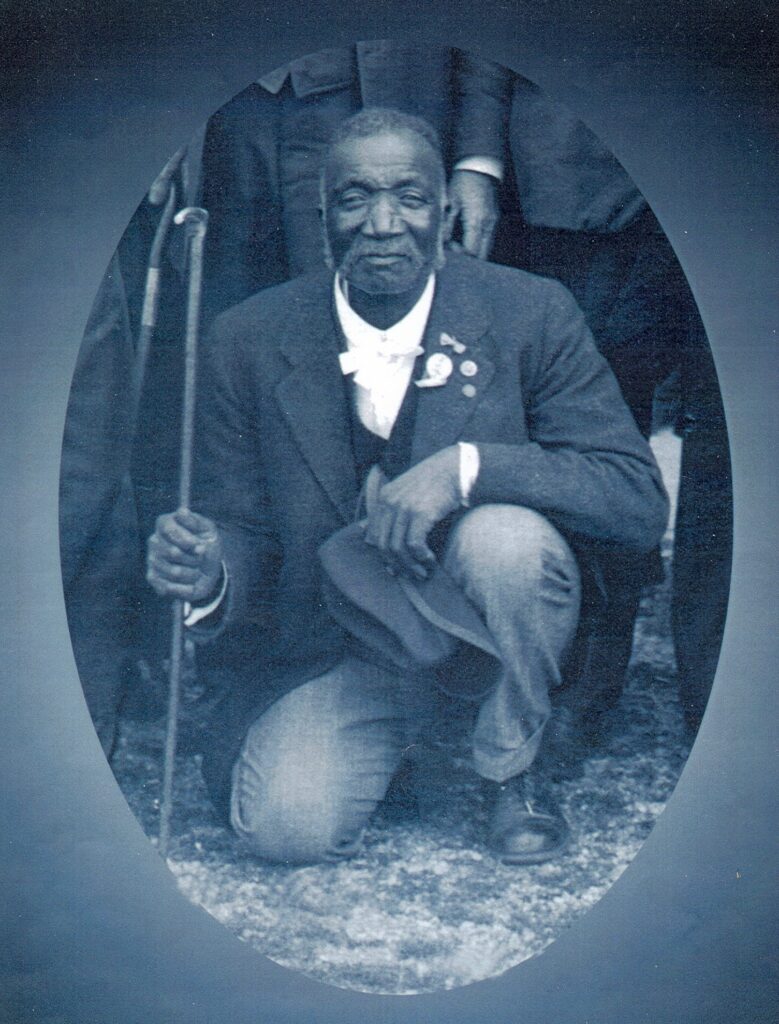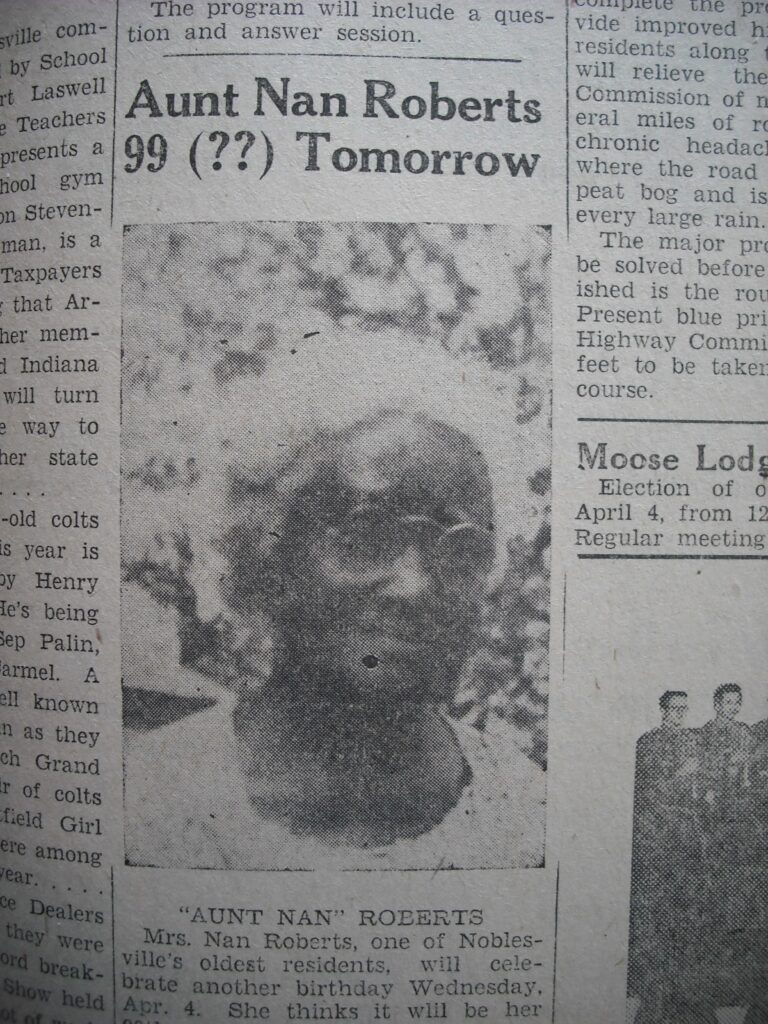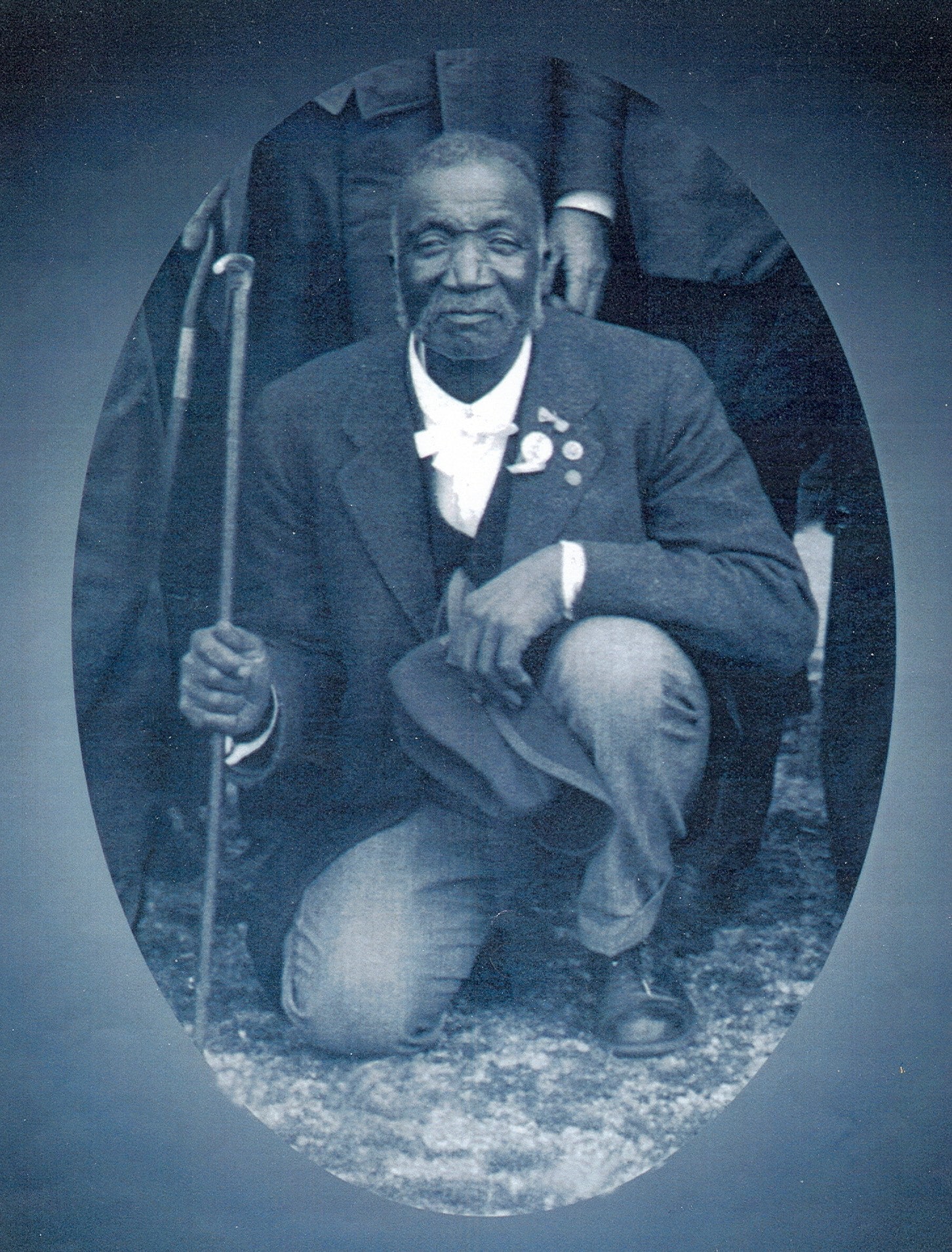 Two Degrees of Separation From Slavery
Two Degrees of Separation From Slavery
By: David Heighway, Hamilton County Historian
When studying Black history and particularly slavery in America, it’s usually thought of as something in the distant past. That’s why it’s shocking when you can see just how recent it was. There are people living today in Hamilton County and Noblesville who have known other people who had first-hand experience with slavery and racial issues in the days before the Civil War. Two of these first-hand people had very long lives and became quite well known.
One was the Reverend Barney Stone, who was born into slavery in Kentucky in 1847. When he was interviewed many years later, he said his time in slavery was “sixteen long years in hell”. His interview can be found in the book Homeless, Friendless, and Penniless: the WPA interviews with former slaves living in Indiana, which is in the HEPL collection. When he had a chance, he ran away from his owner and joined the Union Army in 1863, serving with the 108th USCT. After the war, he stayed for a time in Kentucky to look for family members who had been sold away and to get an education.
Because of growing hostility to Blacks in Kentucky, he moved to Noblesville in the 1890’s. He became the Circuit Court Bailiff, chaplain of the local branch of the GAR (the Civil War veterans group), and minster at the First Baptist Church (now the HCAA Birdie Gallery). I have spoken to people who remember that he always gave the prayer at the Memorial Day ceremonies at Riverside Cemetery. (He tended to give very long prayers.) During the 1930’s, besides doing the WPA interview, he also did talks to school children about his life in slavery. He died November 20th, 1942 and is still remembered personally by people today.
 Another long lived person was Nancy Eliott Roberts. She was born April 4, 1852 and was the first African American child born in Noblesville. In 1880, she married Stephen Roberts, a successful stock trader and member of the Roberts Settlement family. Stephen Roberts was described in one newspaper article as a big man with a powerful physique and while he had a fine friendly disposition, he was also “a man among men”. This is illustrated by a newspaper story from 1882 which said that after a drunk had insulted Nancy, Stephen gave him what the paper called a “sound trouncing”.
Another long lived person was Nancy Eliott Roberts. She was born April 4, 1852 and was the first African American child born in Noblesville. In 1880, she married Stephen Roberts, a successful stock trader and member of the Roberts Settlement family. Stephen Roberts was described in one newspaper article as a big man with a powerful physique and while he had a fine friendly disposition, he was also “a man among men”. This is illustrated by a newspaper story from 1882 which said that after a drunk had insulted Nancy, Stephen gave him what the paper called a “sound trouncing”.
Nancy continued to work outside the home after the marriage, and did what we would now refer to as catering. She organized and cooked food for the finest weddings in the area in the 1880’s and 1890’s, put on by the community’s wealthiest citizens. She eventually became known as “Aunt Nan” and was as well respected by the people of Noblesville as her husband was respected by the farmers in the county. Stephen died in 1915 and was buried at Crownland Cemetery.
They had two children – James, who died young, and Leroy or Roy. Their son Leroy held a variety of jobs, played on the town baseball team in 1890’s, and was nicknamed “Frosty” by his friends. He was married in 1897 and had one daughter. However, he had a run of poor luck. In 1902, he lost part of his foot when he slipped under the wheels while he was trying to board a train. Later he contracted some sort of throat trouble which led to his death in 1924.
Nancy lived on for many years with the town putting on celebrations for her 90th and 99th birthdays. She died two weeks after her 100th birthday in 1952 and was buried at Crownland Cemetery beside her husband and son.
By living into the mid-20th century, Barney and Nancy were able to pass their memories to people who are still alive today, although those folks are getting quite elderly now. If you have ever seen Paula Dunn’s “Notable Nineties” notices in her newspaper column Thyme after Thyme, these are the people who would have been able to hear these stories from their primary source.
